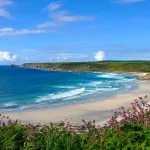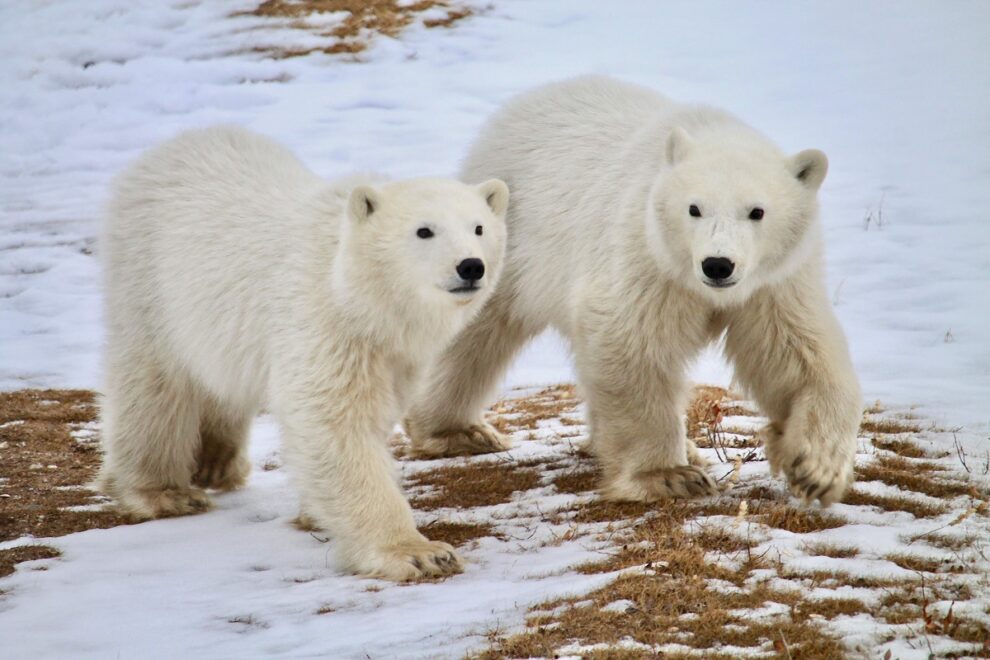As the mid-November waves crash against the rocky Hudson Bay shoreline, with only a thin line of ice visible on the far horizon, long-time polar bear guide Dennis Compayre voices a concern on the minds of many of his neighbours in recent weeks.
“It’s looking like we’re going to have bears around until December,” Compayre says as the grey seawater thrashes and churns.
Compayre gazes out at the bay from behind the wheel of his truck, just outside of Churchill, the small, remote northern Manitoba town only accessible by air or rail.
Born and raised in the port town approximately 1,000 kilometres north of Winnipeg, Compayre has been working as a bear guide for 40 years and witnessed many changes in how people coexist with polar bears, the apex predator of the North.

Once regarded as “great white rats,” bears used to congregate in the dozens at the local open dump. Bears were regularly shot if they came into town, Compayre says, although that began to change with the introduction of Polar Bear Alert, a provincially managed polar bear control program, and the creation of a holding facility in the early 1980s — coined “polar bear jail” by locals — where the animals were held and later released.
Then came the growth of the tourism industry in the 1990s, creating an economic incentive to develop a more tolerant attitude towards bears. The most recent data available shows the town of about 870 residents — dubbed ‘the polar bear capital of the world’ — generated nearly $40 million in tourism revenue in 2017.
Source : The Narwhal

































